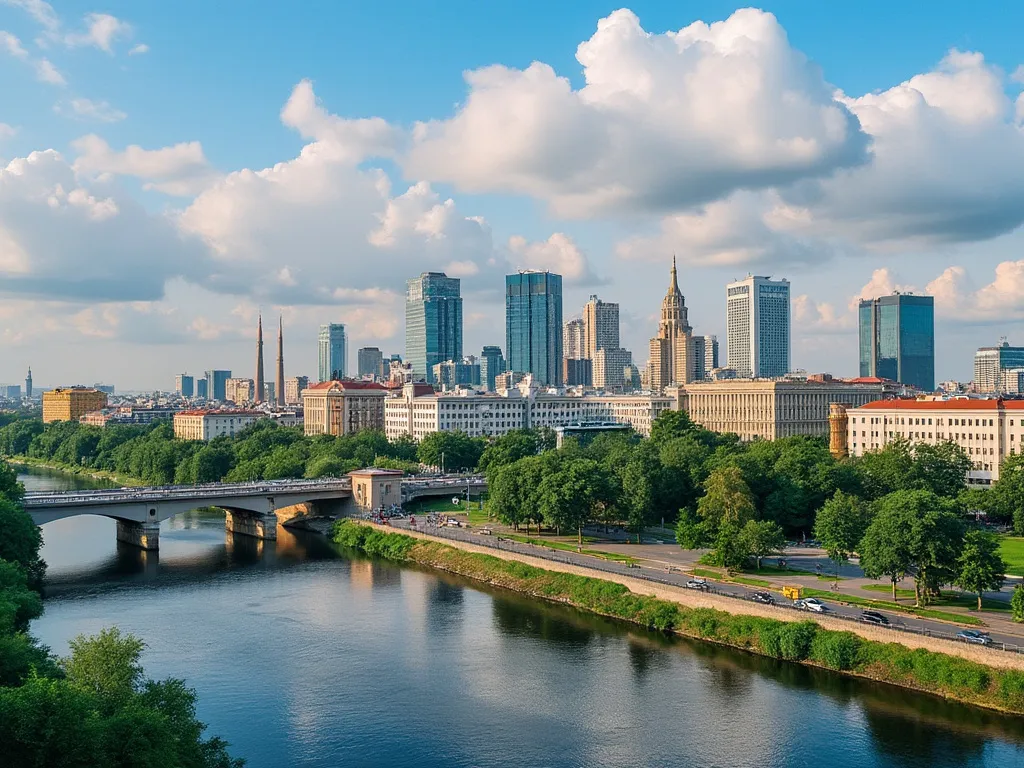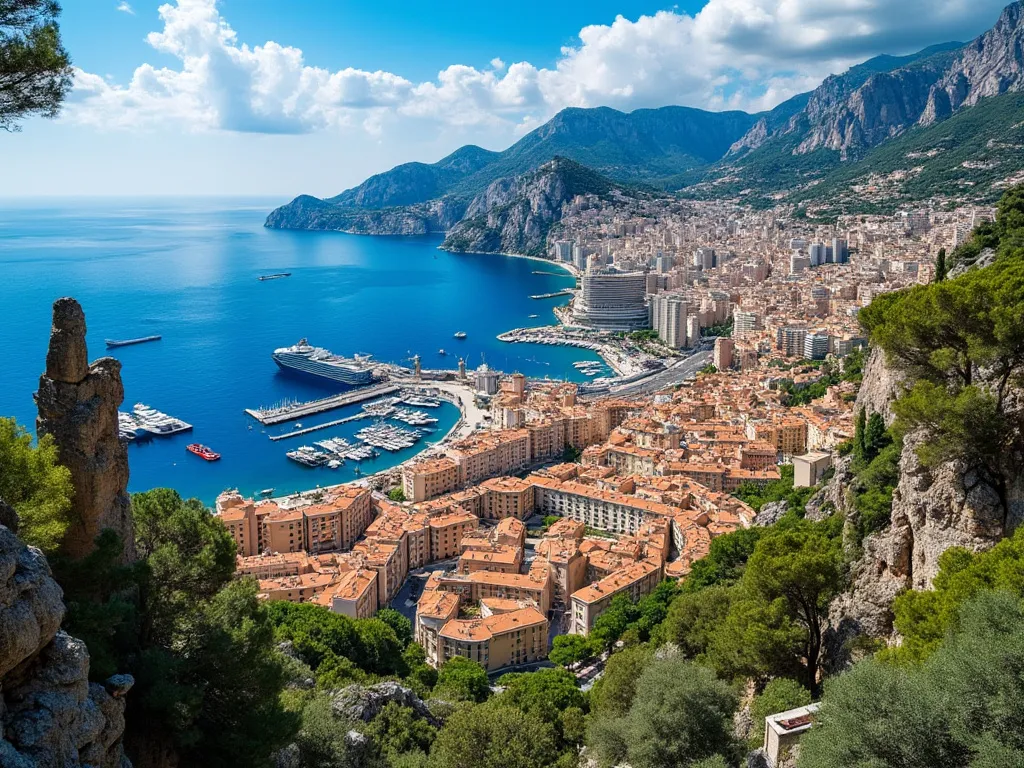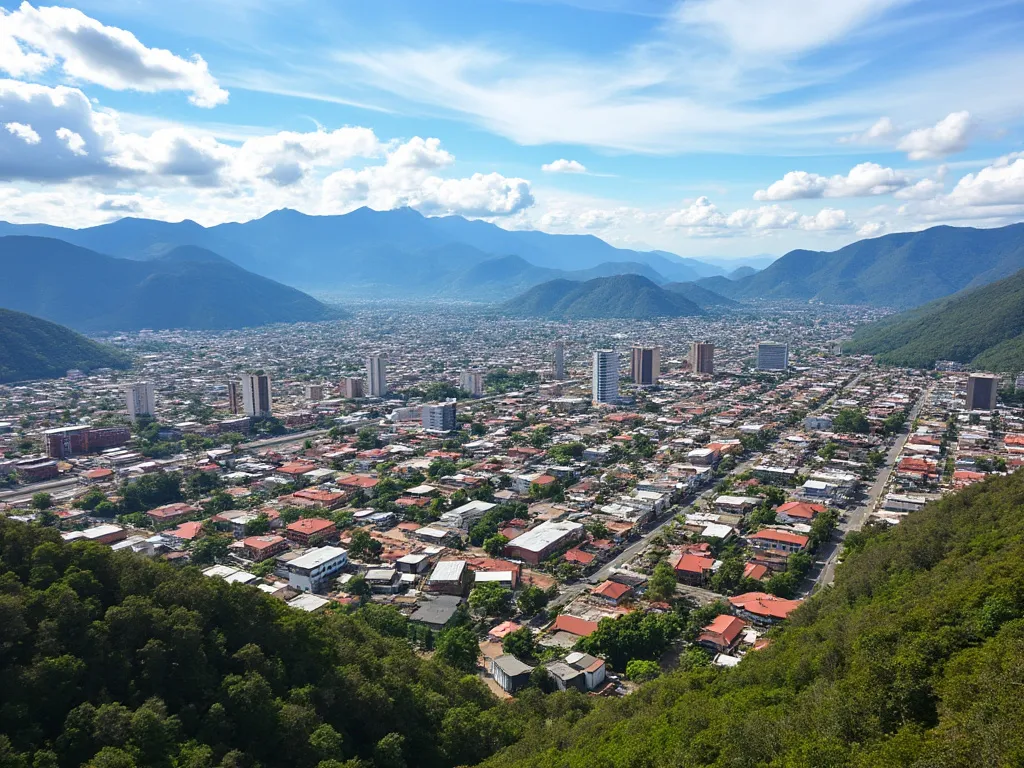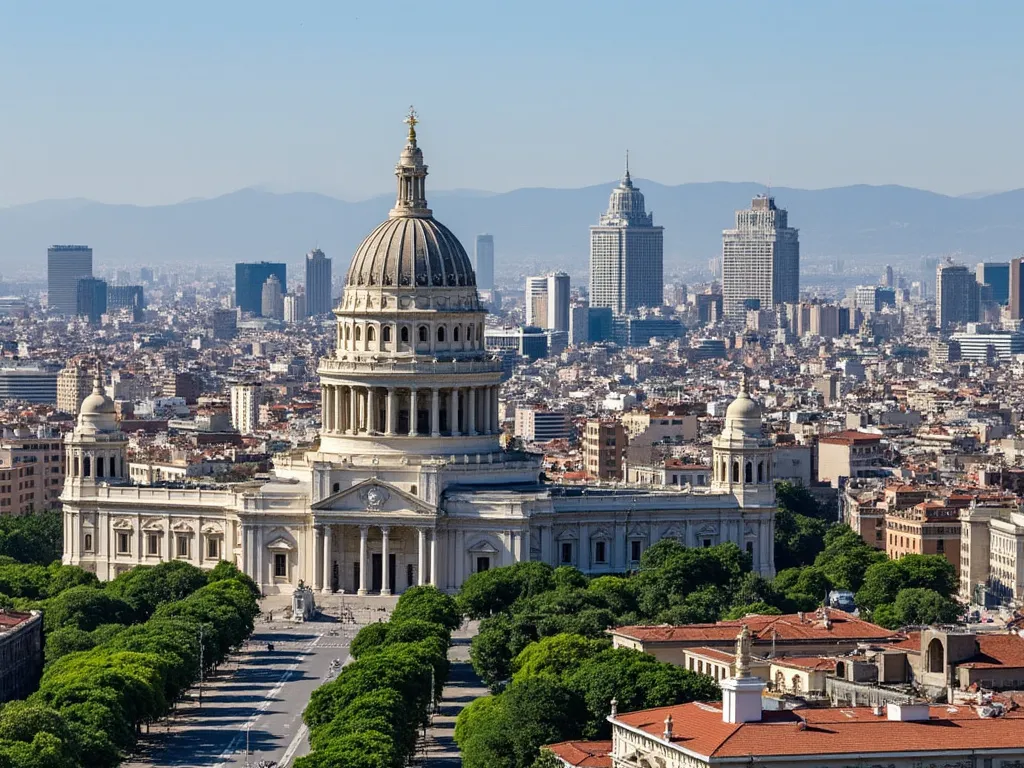
Minsk is the capital and largest city of Belarus, a landlocked country located in Eastern Europe. The city has a rich history dating back to the 11th century and has been an important cultural and economic center in the region for centuries.
Minsk information
| Country | 🇧🇾 Belarus |
| City Population | 2,020,600 (2020 estimate) |
| City Coordinates | 53.9° N, 27.6° E |
| City Area | 348.84 km² (134.69 sq mi) |
| Climate | Humid continental climate (Köppen climate classification: Dfb) |
| Language | Belarusian, Russian |
| Currency | Belarusian ruble (BYN) |
| Time zone | Eastern European Time (UTC+3) |
| Proximity to other major cities | Warsaw, Poland (550 km / 342 mi), Moscow, Russia (700 km / 435 mi), Kiev, Ukraine (560 km / 348 mi) |
Interesting facts and Tourist attractions about Minsk
- Minsk is home to the largest shopping mall in Europe, the Galileo Shopping Center.
- The city has a unique blend of Soviet-era and modern architecture.
- Minsk is home to many parks and green spaces, including the Chelyuskintsev Park and the Gorky Park.
- The city has a vibrant nightlife scene, with many bars, clubs, and restaurants.
- The Upper City (Verkhniy Gorod), a historic neighborhood with many beautiful examples of Soviet-era architecture.
- The National Museum of Belarus, which features a collection of Belarusian art and artifacts.
- The Minsk Opera and Ballet Theatre, which hosts a variety of performances throughout the year.
- The Chelyuskintsev Park, a large park with many walking trails and scenic views.
Historical Background of Minsk
Minsk was first mentioned in the 11th century as a trading post on the banks of the Svislach River. The city was part of the Grand Duchy of Lithuania and later became part of the Polish-Lithuanian Commonwealth. In 1793, Minsk was annexed by the Russian Empire and remained under Russian rule until the Russian Revolution in 1917. During World War II, Minsk was heavily damaged and was rebuilt in the post-war period.
Geographical Location of Minsk
Minsk is located in the central part of Belarus, about 340 km (211 mi) east of Warsaw, Poland, and 700 km (435 mi) west of Moscow, Russia. The city is situated on the banks of the Svislach River and is surrounded by the Minsk Hills. The city's terrain is generally flat, with some hills and valleys.
Cultural Significance of Minsk
Minsk is a city with a rich cultural heritage, with many museums, theaters, and historical landmarks. The city is home to the National Museum of Belarus, the Belarusian State Museum of the Great Patriotic War, and the Minsk Opera and Ballet Theatre. The city's historic center is a UNESCO World Heritage Site and features many beautiful examples of Soviet-era architecture.
Economic Importance of Minsk
Minsk is the economic center of Belarus and is home to many major industries, including manufacturing, IT, and finance. The city is also a major transportation hub, with two international airports and a comprehensive network of roads and railways.
Conclusion on Minsk
In conclusion, Minsk is a city with a rich history, cultural significance, and economic importance. The city offers many interesting attractions and activities for visitors, from its historic landmarks to its vibrant nightlife scene.
 Mogadishu
Mogadishu
 Monaco
Monaco
 Mbabane
Mbabane
 Mexico City
Mexico City